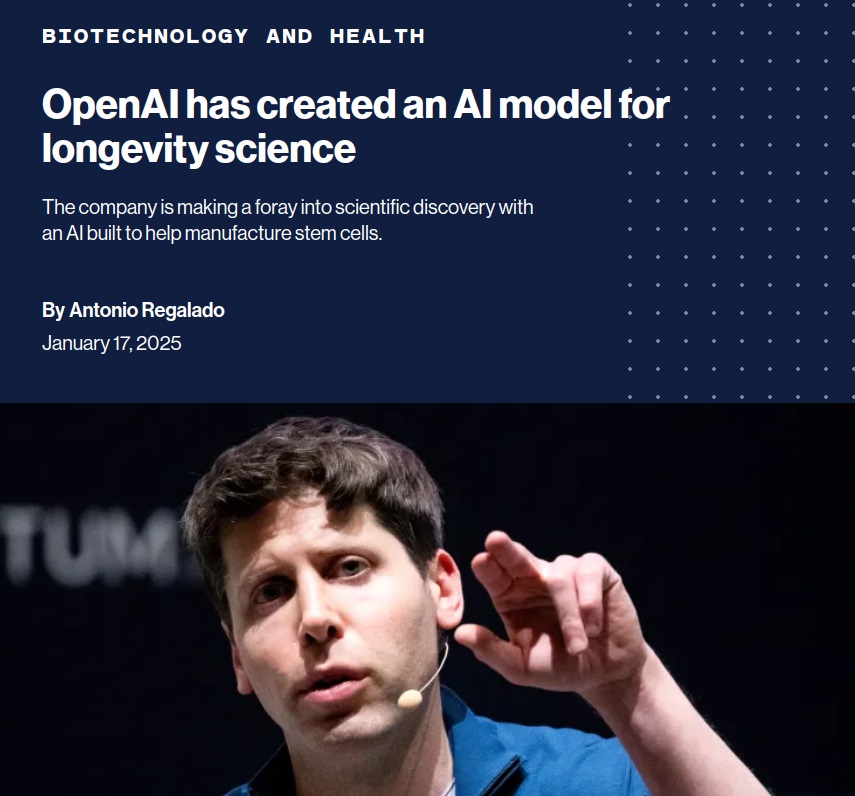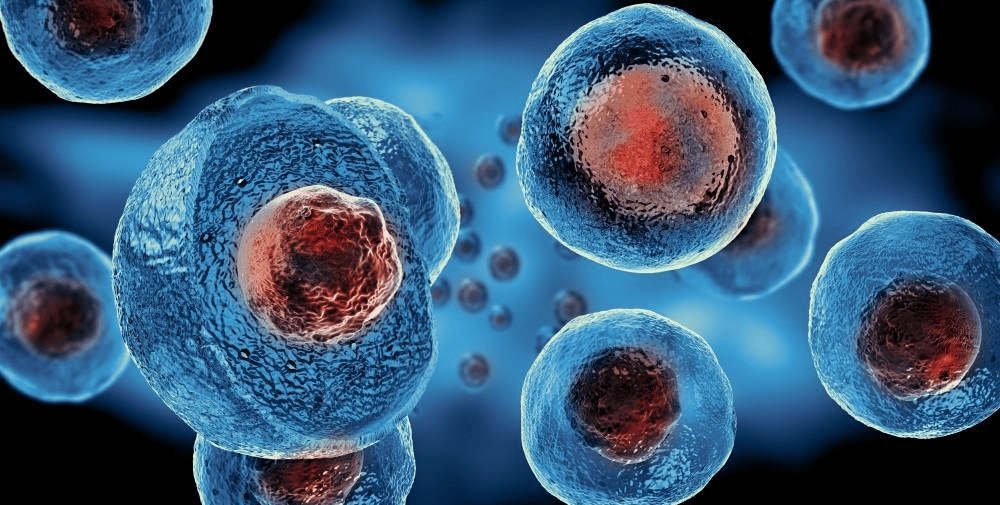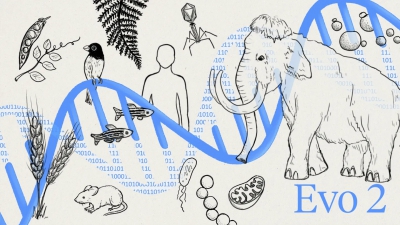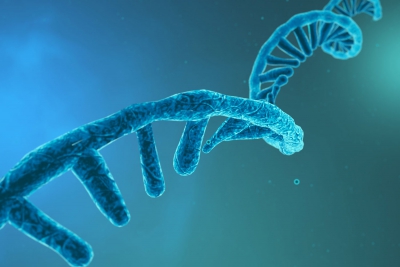OpenAI's first biological AI increases stem cell efficiency by 50 times, surpassing AlphaFold! Create miracles in the field of stem cell research right away!

From AGI to biotech ambitions
This new model, called "GPT-4b micro", not only increases the efficiency of stem cell generation by 50 times, but also marks the first time that OpenAI has officially claimed that its AI model can produce breakthrough scientific discoveries.
There is a bigger ambition behind this: OpenAI CEO Sam Altman just said last week that he is "confident" that the company has found a way to build AGI (Artificial General Intelligence).
He believes that super-intelligent tools can greatly accelerate scientific discovery and innovation far beyond our own capabilities.
US$1.8 billion anti-aging strategy
There is a careful layout behind this cooperation.
Partner Retro Biosciences is a San Francisco-based longevity research company, and Sam Altman has personally invested $180 million as early as 2023. Their goal is clear: to extend human life by 10 years.

The key to the research lies in "Yamanaka factors" - a special protein that can transform ordinary skin cells into stem cells.
Wealthy companies such as Altos Labs are researching this technology, hoping to use it as a starting point to rejuvenate animals, build human organs, or provide replacement cells.
But there's a big problem with this technology: it's too inefficient. In the laboratory, this "reprogramming" takes weeks to complete, and the success rate is less than 1%.
GPT-4b micro: Beyond AlphaFold
This model takes a completely new approach.
Unlike Google DeepMind's AlphaFold, it does not predict protein structures, but focuses on redesigning unstructured proteins through language model-based technology.

The model is trained by learning protein sequences from multiple species and interaction data between proteins.
Interestingly, this amount of data is much less than the training data for OpenAI’s flagship chatbot, making GPT-4b micro a “small language model” focused on a specific data set.
Amazing experimental results
The experimental results are shocking:
The model dares to make bold modifications to proteins, replacing up to one-third of the amino acid sequence.
Completely surpassing human engineers' designs in preliminary tests.
Increased stem cell generation efficiency by more than 50 times.
Retro CEO Joe Betts-Lacroix said
The model performed surprisingly well, surpassing the original Yamanaka factor in quite a few cases.

Vadim Gladyshev, an expert on aging at Harvard University, added:
This is extremely useful for us. While skin cells are easily reprogrammed, other cells are not so simple. Especially when studying new species, great difficulties often arise.
Future challenges
But OpenAI researchers are also cautious.
They said outside scientists would need to wait for formally published research papers to verify the results. Currently this model is still in the customization demonstration stage and is not yet an official product.
OpenAI researcher Jaech said:
This project is about showing that we are serious about contributing to science. But it remains to be determined whether these capabilities will be released as standalone models or integrated into our mainline inference models.
Like other AI breakthroughs, how the GPT-4b micro achieved these amazing results remains a mystery.
Betts-Lacroix said:
Just like when AlphaGo beat the human Go master, it takes a long time to figure out why it can do that. We're still figuring out how it works, and current applications may only be scratching the surface.
It seems that AI can not only surpass humans in board games and natural language processing, but also show the potential to change the rules of the game in cutting-edge fields such as life sciences.















